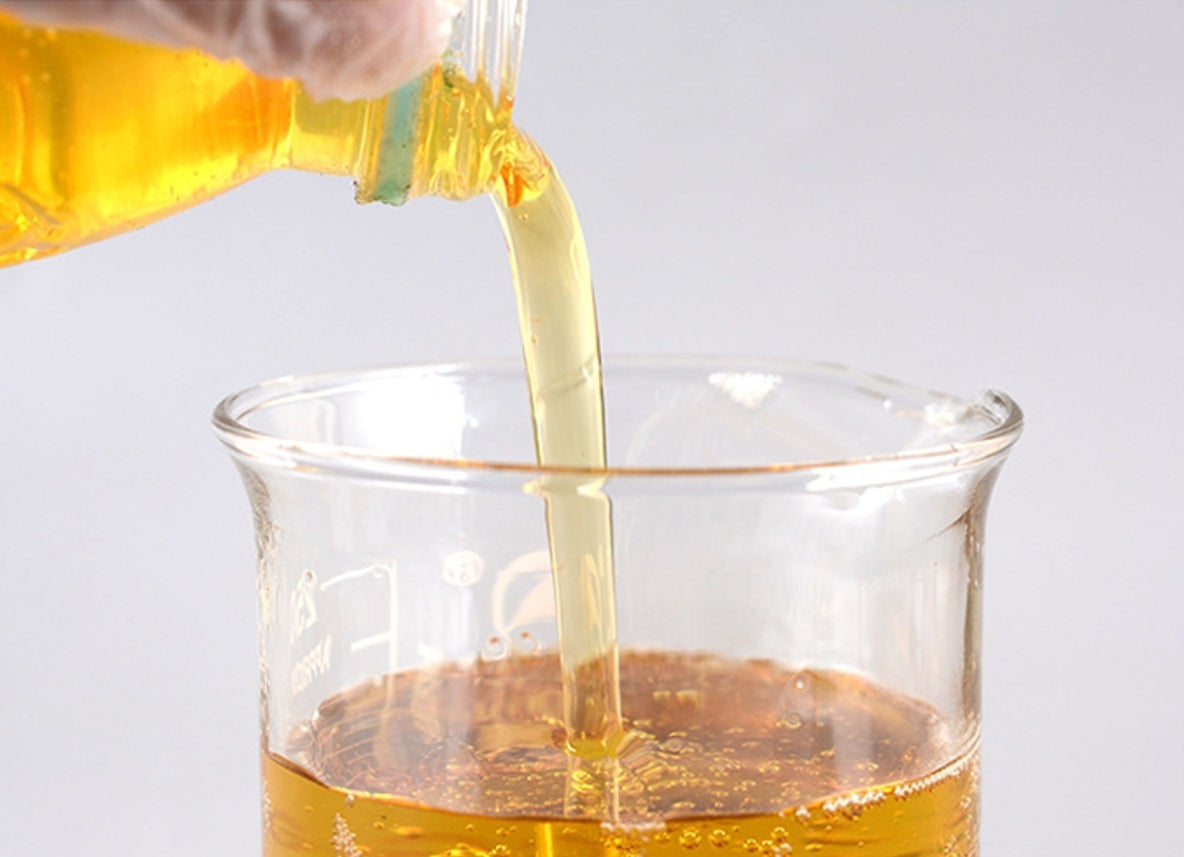Why Seal Wooden Bracelets?
Wood, as an organic material, can be susceptible to various threats that threaten its aesthetic value and longevity.
Moisture Damage

Wood can easily absorb moisture from its environment and rapidly become susceptible to swelling, warping and cracking when exposed to high levels of humidity or rainwater. Sealing helps provide an additional shield that keeps out any additional dampness entering its structure and maintains its shape for as long as possible.
Dirt and Staining
Wood surfaces absorb oils from our skin as well as dirt from surrounding environments; over time this can result in discoloration or staining that leaves bracelets looking worn-out and discolored. A sealant acts as protection by coating every bit of wood completely with an invisible protective shield to preserve its beauty for many more years to come.
UV Damage

Exposure to direct sunlight can gradually strip the wood of its natural hue and beauty over time, decreasing its appeal and longevity. By coating your bracelet in a UV-protective finish, UV radiation won't harm it as easily, prolonging its longevity.
Wear and Tear
Wooden jewelry can become subject to daily friction from use and eventually wear over time, so providing it with some form of seal can provide extra resilience - giving more use to every bracelet!
Enhancing Aesthetics
Sealants can dramatically enhance the natural grain and color of wood bracelets, giving them a polished, shiny appearance that draws out their texture for truly distinctive bracelets.
Materials for Sealing Wooden Bracelets
Sealing wooden bracelets requires multiple materials and finishes that offer different effects and durability depending on the desired effect, type of wood used and desired effect/durability criteria. Here are a few popular choices available to sealers:

Clear Wood Finish
Clear varnishes or wood finishes are frequently used to protect wooden bracelets from moisture damage while simultaneously enhancing their natural colors and grains. Popular finishes for this purpose are polyurethane lacquer varnish (PLV).
Tung Oil
Tung oil is an all-natural oil produced by the seeds of the Tung tree and an increasingly popular choice for sealing wooden jewelry due to its ability to penetrate deeply into wood grain structures, giving a lasting finish while emphasizing natural features of each wood type like walnut, maple and cherry. Tung Oil has water-repellency properties as well as offers rich colors with slightly glossy surfaces, making it suitable for most wood species such as walnut maple, and cherry.
Linseed Oil

Linseed oil is another natural sealant made up of pure oils used to seal wooden items, similar to Tung Oil; however, it takes slightly longer for it to set and harden completely. Linseed Oil provides protection from water as it brings out the wood's color while giving a deep, warm tone - ideal for softwoods like pine.
Beeswax
Beeswax is an organic material that can be used to seal wooden bracelets, commonly combining it with oils or resins to form an impenetrable and water-repellant coating. Beeswax offers natural, non-toxic solutions best suited to bracelets comprised of finely grain wood. Matte or satin looks are best achieved using this finish option.
How to Seal Wooden Bracelets: A Step-by-Step Guide
Sealing a wooden bracelet may appear straightforward, but the process requires patience and precise detail for optimal results. Here is our step-by-step guide on how to achieve great results:
1.Preparation
Before sealing a wooden bracelet, ensure it is thoroughly clean of dust, dirt, and oils using either a soft cloth or mild soap solution. Avoid harsh chemicals that could potentially harm either its wood finish or natural surface, and allow the bracelet to dry fully before moving on to Step Two of the four steps of the wooden bracelet sealing process.
2.Sanding Wood

Sanding is an integral step when prepping wood for sealing; this step ensures any rough patches can be smoothed away while adhering properly to its surface. Begin using medium-grit (120-grit) paper on all of its surfaces gently sandpaper in one pass before gradually using finer grade (up to 220-grit). Always sand in the direction of its grain to avoid scratching its finished surface.
3.Select and Apply Sealants
Select the sealant that best meets your desired look and durability requirements, whether varnish or wood finish is being used; use a soft brush or cloth to spread a thin coat evenly onto the wood surface using varnish, while for oils such as Tung or Linseed Oil use clean cloth or brush to apply oil directly over wood grain without over-applying; this allows it to soak deep into its surroundings rather than creating sticky surfaces from overspreading too quickly.
4.Allow for Drying Time
After applying the first coat, allow time for it to fully set before moving forward with subsequent steps. Depending on which sealant was used and its drying times instructions from its manufacturer, drying times may range anywhere between several hours and full days; to ensure an even finish sand lightly between coats for best results.
5.Apply Additional Coats
To provide extra protection and shine to the bracelet, consider applying two or more coats of sealant. After each application, allow it to dry completely before lightly sanding after every coat has been set - multiple layers will add durability and give your piece a polished, professional appearance.
6.Buffing and Polishing

Once your final coat of sealant has dried, use a soft cloth to buff its surface using circular strokes until you achieve a glossy surface and remove any extra residue. Alternatively, for those desiring matte finishes, this step may be skipped altogether or performed using finer-grit sandpaper until your desired texture has been reached.
Benefits of Sealing Wooden Bracelets
Protection from Environmental Damage
Sealing helps protect the wood from moisture, UV rays, and dirt, keeping your bracelet looking new for longer.
Enhanced Durability
A sealed wooden bracelet provides extra resistance against scratches, wear and tear for better daily usage.
Improved Aesthetics
Sealing wood bracelets can enhance their natural grains and colors for a refined and classy appearance.
Ease of Maintenance
An unsealed wooden bracelet can be more hassle-free to maintain as it won't absorb oils or dirt as easily.
Conclusion
Sealing wooden bracelets is an important step in preserving their beauty, enhancing their durability, and ensuring they last for years to come. Whether you are an artisan creating wooden jewelry or someone who owns a beautiful wooden bracelet, applying a protective finish is essential for maintaining its quality and aesthetics.

If you're looking for high-quality, handcrafted wooden bracelets that combine style and durability, consider exploring the selection at Karmabless.com. Their beautifully crafted pieces are designed with care and come pre-sealed for long-lasting protection.











